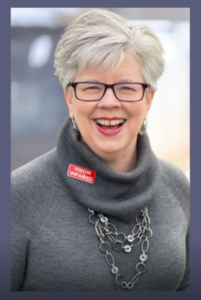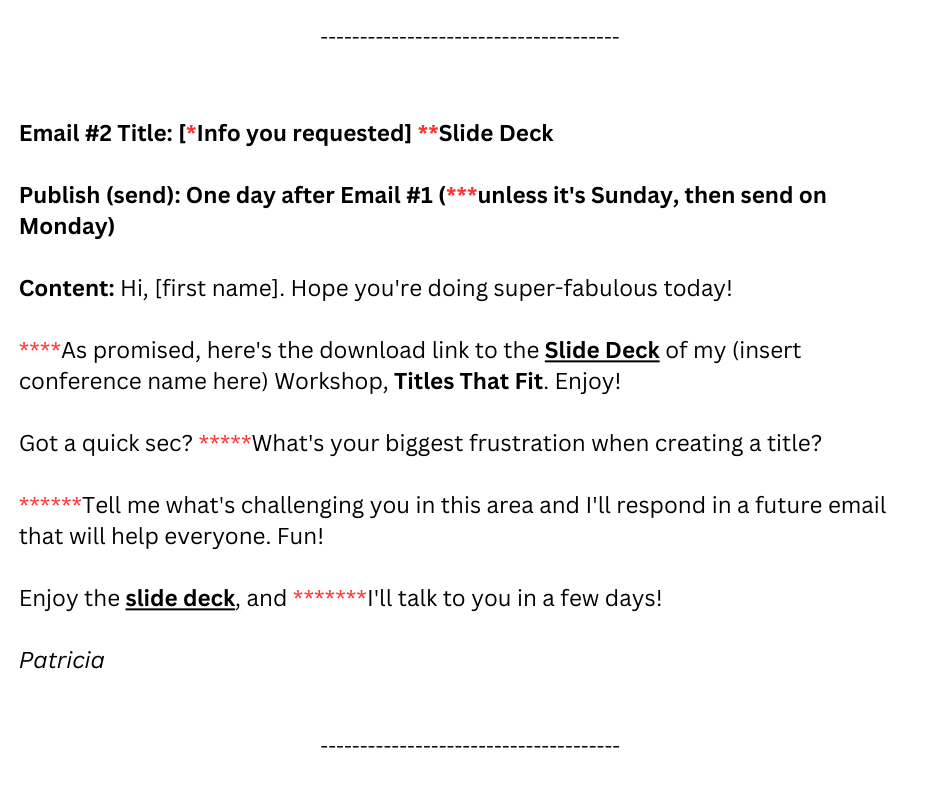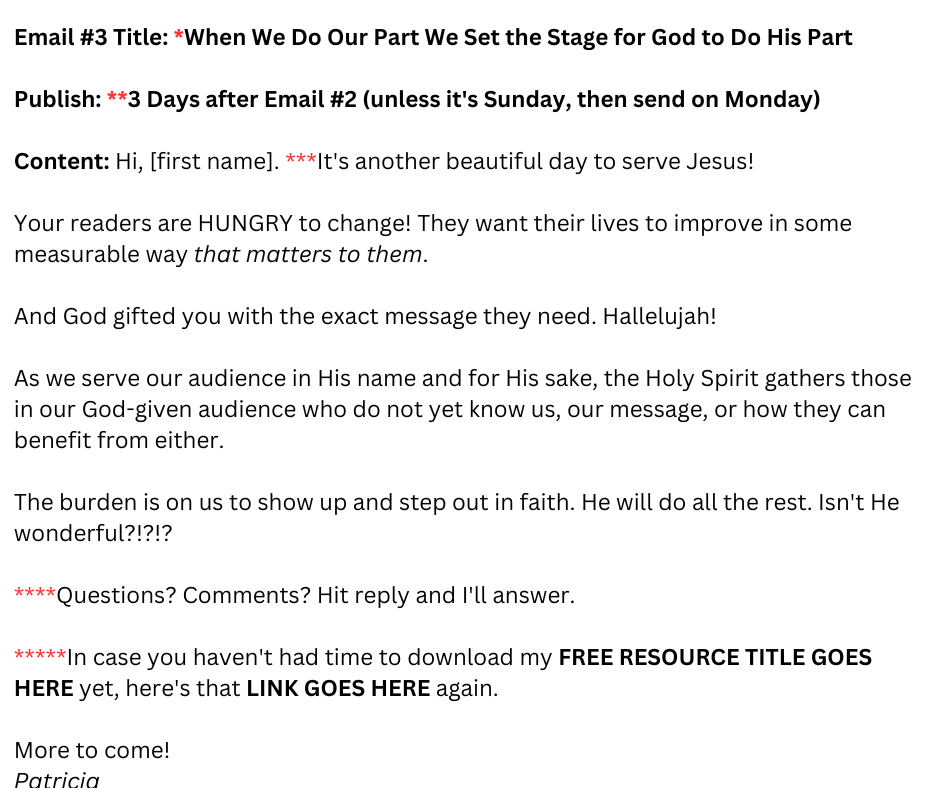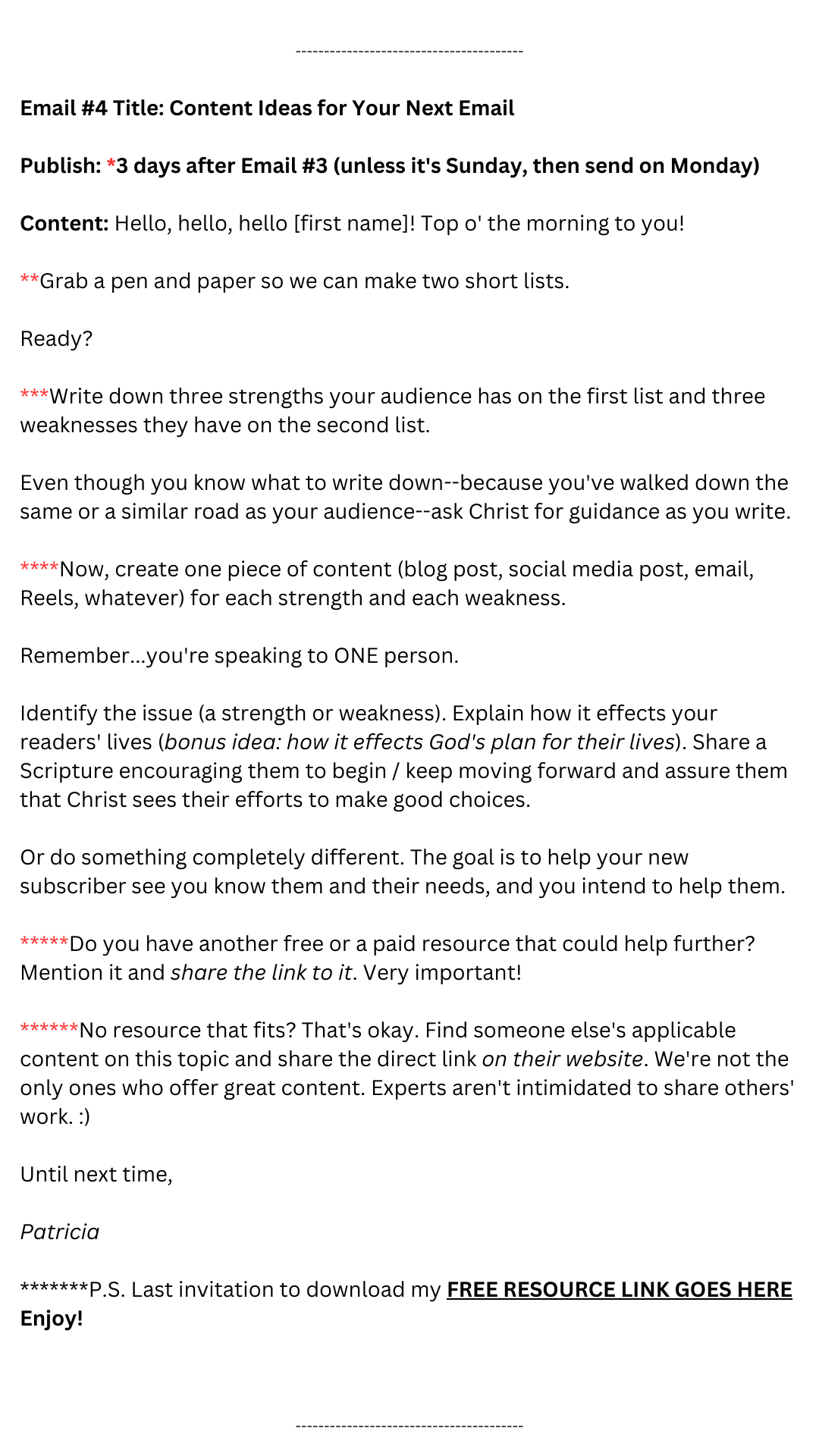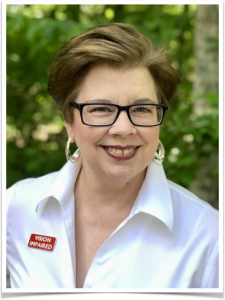Our author platform will never grow until we reach beyond our circle of family-and-friends to those in our target market whom we do not know…yet. Some feel the key to finding that specific group within the world’s population of more than 8 billion people is to YELL LOUDER. Uh, no…
Serving our audience in God’s name is the first step, and guess what? We can serve them long before our book is even published! Hooray!
If this sounds like madness, it’s actually genius, because as we serve, our audience is drawn to our message. They participate, ask follow-up questions, talk amongst themselves, and ask more questions. They want to know how our message applies to their specific situation.
This is called engagement, also known as building community. We want this!
As we create content: social media posts, podcasts, and Lead Magnets to name a few, we’re sharing MORE answers to the questions our audience is asking and helping them solve MORE problems they’re encountering today.
The real impact comes when they apply our message. We don’t offer information only. (You don’t, do you?) Our message must offer change. A synonym for change is transformation.
Our audience comes to us–or stumbles upon us–and discovers we know what they’re going through. We offer solutions, not as an armchair quarterback but as someone who’s been down the same (or a similar) road. As we share our story and listen to theirs, commonalities spring to the surface that both parties recognize. Commonalities that we already knew existed but that they didn’t (at first). Those common traits, questions, challenges, or fears bind us together in (say it with me) community.
Now we’re not an outsider; we’re a trusted resource. We must do our utmost to earn and protect that description.
They’ll want to dive deeper or discuss a related issue and hear our solution for that. They’ll look to us for guidance, strategies, and encouragement. We can offer this as no one else can because of our life’s journey, which includes God delivering us over and over as we muddled our way through the maze of each problem. Our audience is in the same maze. Christ delivered us in part for our own sake and in part so we could guide them to freedom in His name. Hallelujah!
As they apply the wisdom in our message–which is God’s wisdom–stubborn problems begin to improve. Long-standing challenges shift, becoming less difficult. Their lives begin to change in ways that matter to them. They’ll remember that. They’ll remember us.
This is how we can build an online platform that will last for our ministry’s lifetime and not simply for the lifetime of one book.
This is why we don’t have to start over from scratch with every.single.project. Ack!
Once in relationship with audience members, we earn the right to let them know–periodically–how they can help us. Perhaps they can buy our book, attend our event, give their input on our next book’s cover image…the list goes on and on.
“Oh, no,” some say, “I don’t want to be one of those pushy authors always asking their audience to, “Buy! Buy! Buy!”
Does that thought weigh on your mind? Relax, Padawan (Star Wars reference there 🙂 ).
Remember, these people are in your community, and others are joining them. Why? Because you’ve helped them change their lives. So, they trust you and want to support you. You’re in their community now, too. Cool, huh?
And it all began when you started serving your audience for His sake and their benefit, letting Him bless your service as He saw fit, which, since He called you to write for Him, will likely include book sales. He’s so wise!
Part Two of this series next month.
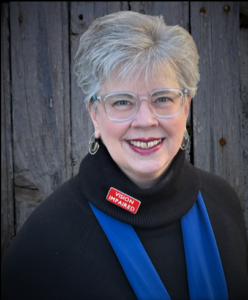
Patricia Durgin is an Online Marketing Coach and Facebook Live Expert. She trains Christian writers and speakers exclusively, helping them develop their messaging, marketing funnels, conversational emails, and Facebook Live programs. Patricia hosted 505 (60-minute) Facebook Live programs from 2018-2020. That program is on indefinite hiatus. She’s also a regular faculty member at Christian writers and speakers conferences around the country.
Website: marketersonamission.com
Facebook: MarketersOnAMission

